Terms
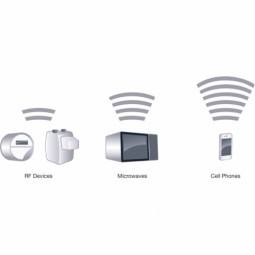 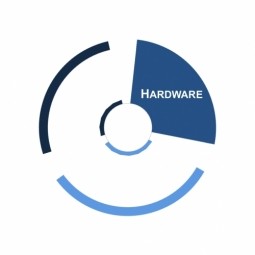 |
Radio Frequency
Radio frequency (RF) is any of the electromagnetic wave frequencies that lie in the range extending from around 3 kHz to 300 GHz, which include those frequencies used for communications or radar signals. |
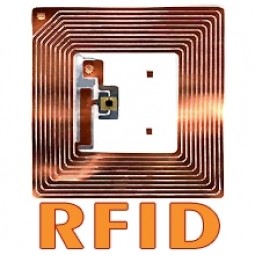 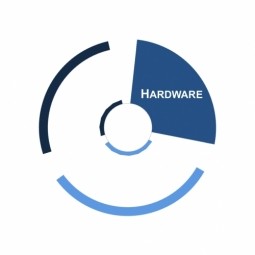 |
Radio Frequency Identification
Radio Frequency Identification (FRID) is the wireless use of electromagnetic fields to identify and track tags attached to objects. Generally speaking, this is the use of strong radio waves to “excite” enough current in a small tag to send a radio transmission back. |
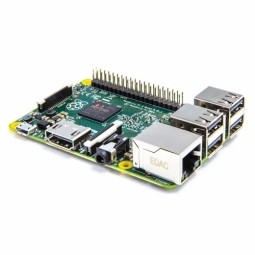 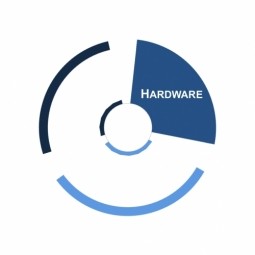 |
Raspberry Pi
The Raspberry Pi is a series of credit card-sized single-board computers developed in England, the United Kingdom by the Raspberry Pi Foundation with the intent to promote the teaching of basic computer science in schools and developing countries. |
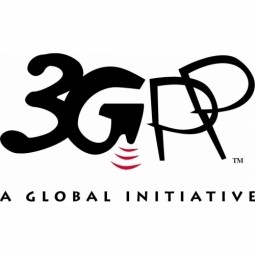 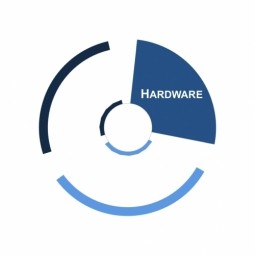 |
3rd Generation Partnership Project
3rd Generation Partnership Project (3GPP) is a collaboration between groups of telecommunications associations. The initial scope of 3GPP was to make a globally applicable 3G mobile phone system specification based on evolved Global System for Mobile Communications (GSM) specifications. |
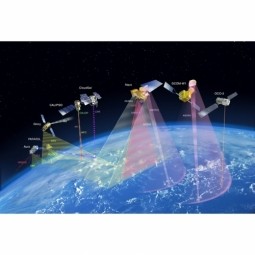 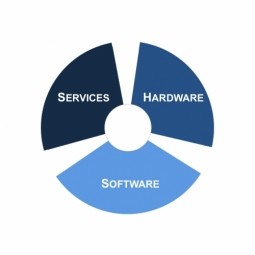 |
Remote Sensing
Remote sensing is the acquisition of information about an object or phenomenon without making physical contact with the object and thus in contrast to on-site observation. Remote sensing is a sub-field of geography. |
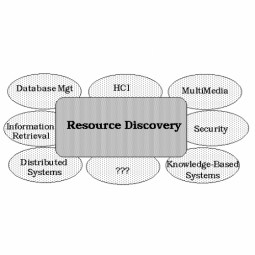 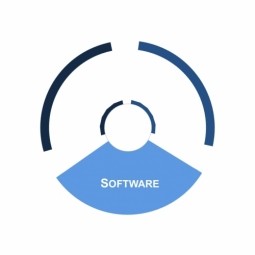 |
Resource Discovery
The process of detecting an IoT resource (such as a sensor, service or database). The mechanism used by a node to search for resources among other nodes of the network. |
 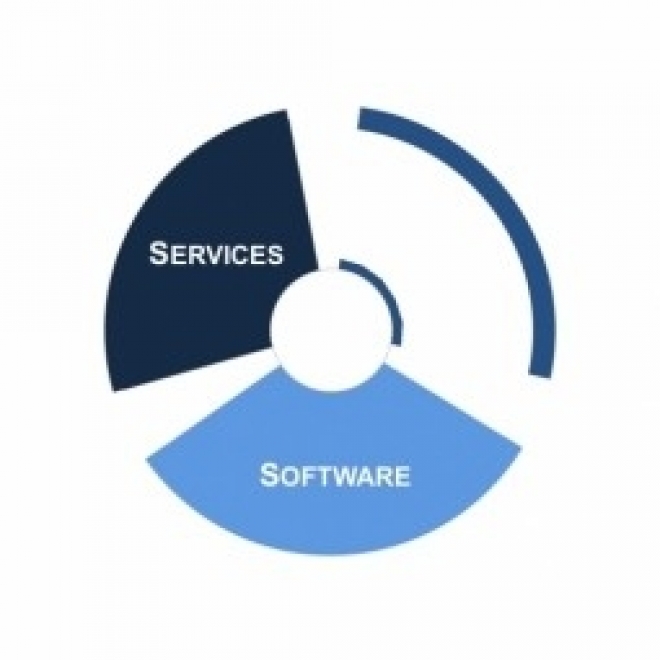 |
Robotic Governance
Robotic governance is a concept which, among other things, considers the ethical/moral, socio-cultural, socio-political and socio-economic effects of robotics on society and provides a framework for solving problems resulting from these changes. |
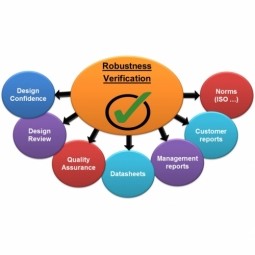 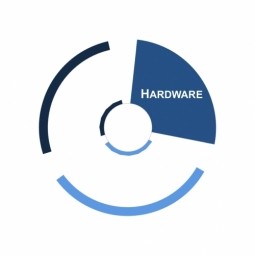 |
Robustness
In computer science, robustness is the ability of a computer system to cope with errors during execution. Robustness can also be defined as the ability of an algorithm to continue operating despite abnormalities in input, calculations, etc. |
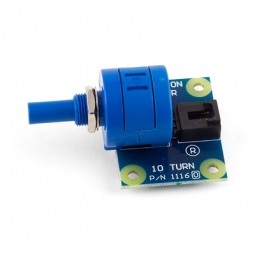 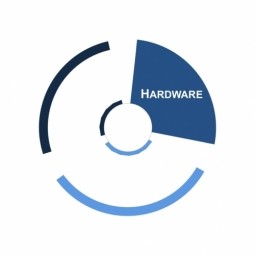 |
Rotation Sensing
A MEMS concept referring to the measurement of how quickly an object turns. A sensor that measures the turning movement of a wheel for purposes of calculating distance travelled. |
 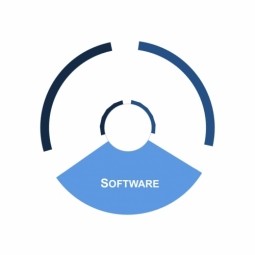 |
Rules Engine
A business rules engine is a software system that executes one or more business rules in a runtime production environment. The rules are applied through the framework of the application in order to control the process. |
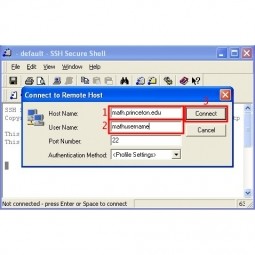 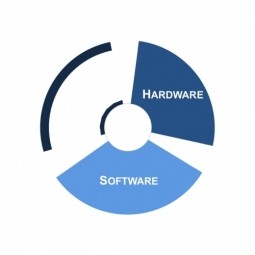 |
Secure Shell
A cryptographic network protocol for initiating text-based shell sessions on remote machines in a secure way. Secure Shell (SSH) provides a secure channel over an unsecured network in a client-server architecture, connecting an SSH client application with an SSH server. |
 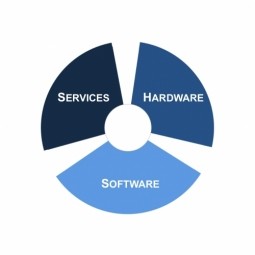 |
Security Control
Security controls are safeguards or countermeasures to avoid, detect, counteract, or minimize security risks to physical property, information, computer systems, or other assets. |
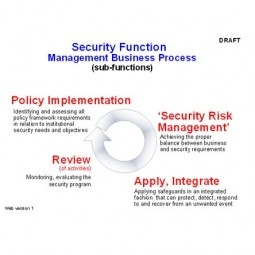 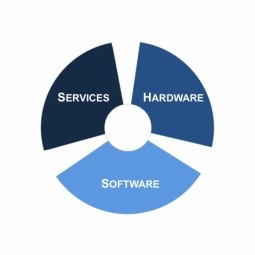 |
Security Functions
Function security consists of privileges unconditionally granted to a role and used to control access to a page or a specific widget or functionality within a page, including services, screens, and flows, and typically used in the control of the main menu. |
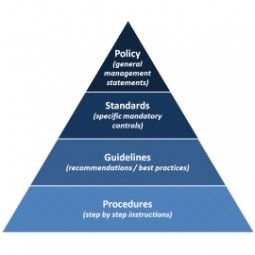 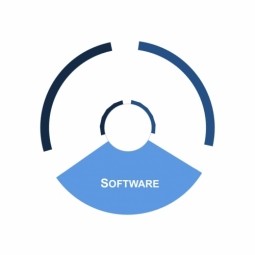 |
Security Policy
Rules, directives and practices that govern how assets, including sensitive information, are managed, protected and distributed within an organization and its systems, particularly those which impact the systems and associated elements. |
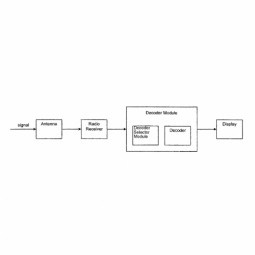 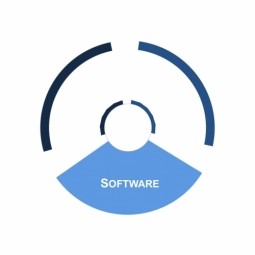 |
Self Configurable
Modular self-reconfiguring robotic systems are autonomous kinematic machines with variable morphology. Self-reconfiguring robots are also able to deliberately change their own shape by rearranging the connectivity of their parts in order to adapt to new circumstances or recover from damage. |
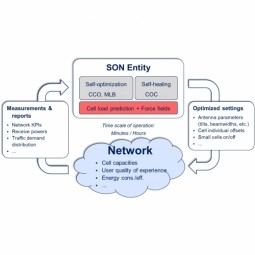 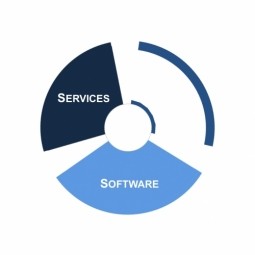 |
Self Organizing Network
A self-organizing network (SON) is an automation technology designed to make the planning, configuration, management, optimization and healing of mobile radio access networks simpler and faster. |
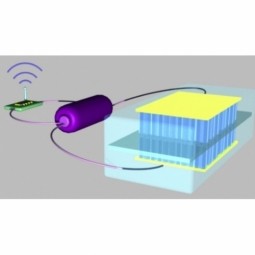 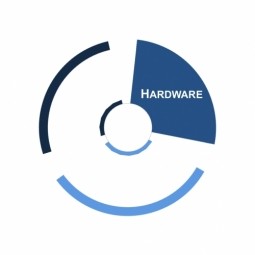 |
Self Powering Sensors
A self-powered dynamic system is defined as a dynamic system powered by its own excessive kinetic energy, renewable energy or a combination of both. The particular area of work is the concept of fully or partially self-powered dynamic systems requiring zero or reduced external energy inputs. |
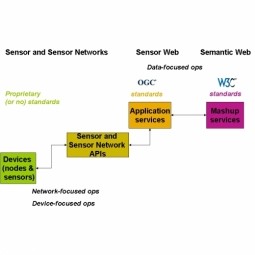 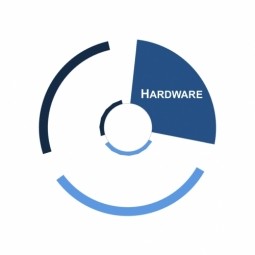 |
Semantic Sensor Web
The Semantic Sensor Web (SSW) is a marriage of sensor and Semantic Web technologies. Encoding sensor data with Semantic Web languages enables more expressive representation and analysis. |
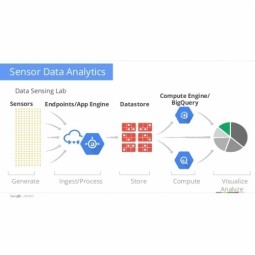 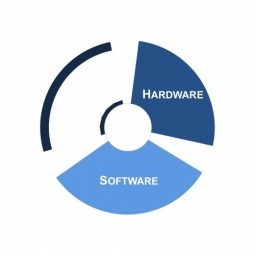 |
Sensor Analytics
Sensor analytics is the statistical analysis of data that is created by wired or wireless sensors. A primary goal of sensor analytics is to detect anomalies. |
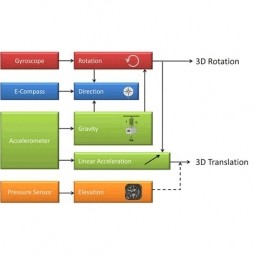 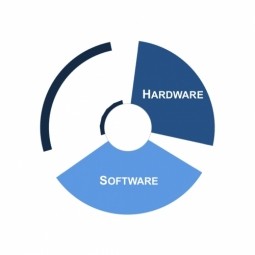 |
Sensor Fusion
Sensor fusion is combining of sensory data or data derived from disparate sources such that the resulting information has less uncertainty than would be possible when these sources were used individually. |
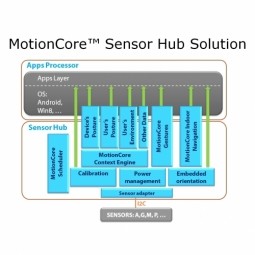 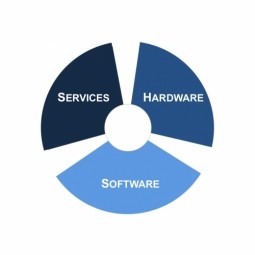 |
Sensor Hub
A technology that connects sensor data and processes them. This way the hub does part of a processors data-processing job. Sensor hubs share some of the workload otherwise performed by a computer or other device’s main CPU. |
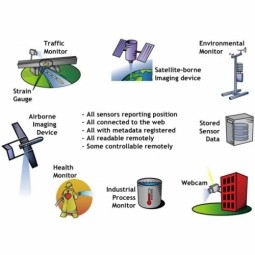 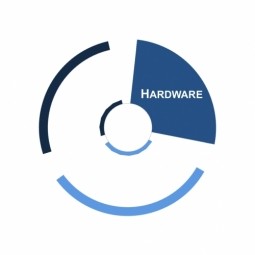 |
Sensor Web Enablement
Sensor Web Enablement (SWE) is a suite of web service interfaces abstracting from the heterogeneity of sensor (network) communication. The phrase the "sensor web" is also associated with a sensing system which heavily utilizes the World Wide Web. |
|
Serverless Computing
Serverless computing or function as a service (FaaS) is a cloud computing execution model that allows users to build and run applications without considering servers. |
|
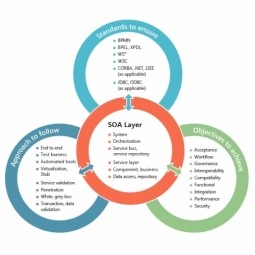 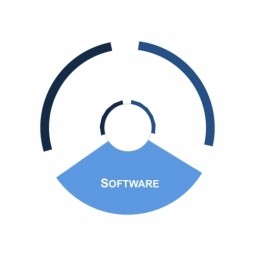 |
Service Oriented Approach
Service-oriented architecture is an approach used to create an architecture based upon the use of services. Services (such as RESTful Web services) carry out some small function, such as producing data, validating a customer, or providing simple analytical services. |
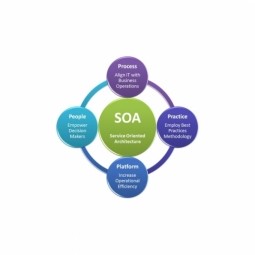 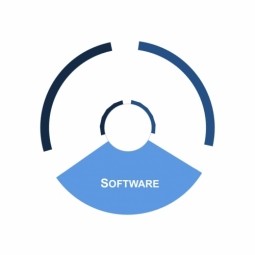 |
Service Oriented Architecture
A service-oriented architecture is an approach used to create an architecture based upon the use of services. Services (such as RESTful Web services) carry out some small function, such as producing data, validating a customer, or providing simple analytical services. |
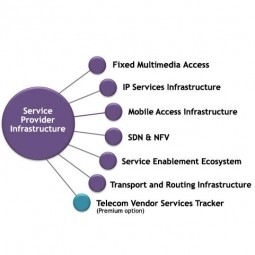 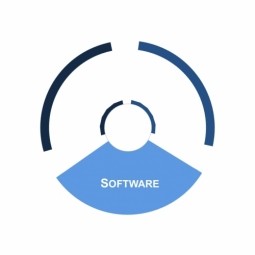 |
Service Provider Infrastructure
Infrastructure such as datacenters that support cloud computing services, in order to sustain scalability. |
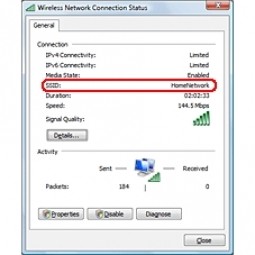 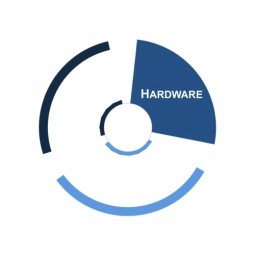 |
Service Set Identifier
A service set identifier (SSID) is a sequence of characters that uniquely names a wireless local area network (WLAN). An SSID is sometimes referred to as a "network name." |
 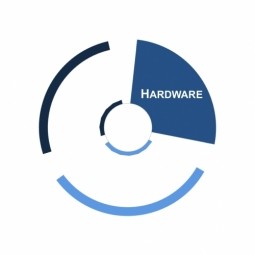 |
Shock Sensing
Shock Sensing is a MEMS concept referring to the detection of sudden impacts at a predetermined level. Typical applications include shut-off sensing, condition monitoring, and tap detection for data entry. |
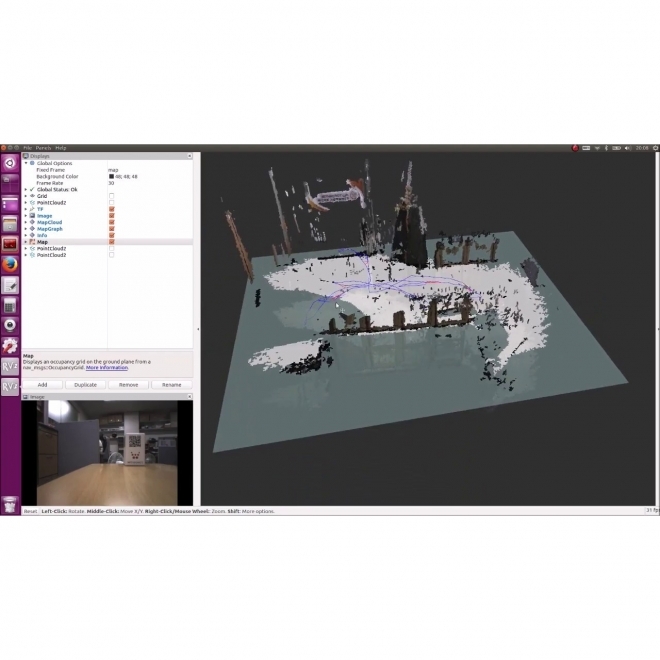 |
Simultaneous Localization and Mapping
Simultaneous Localization and Mapping (SLAM) is the computational problem of constructing or updating a map of an unknown environment while simultaneously keeping track of an agents location within it. |
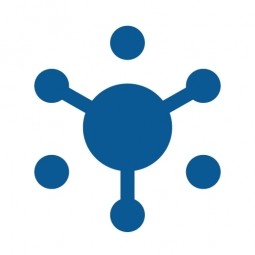 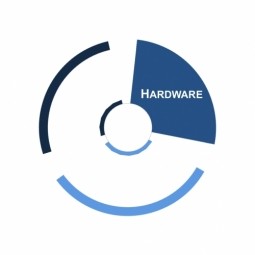 |
Single-Carrier Radio Transmission Technology
Single-Carrier Radio Transmission Technology (1xRTT) is an operational mode for CDMA2000 wireless communications that specifies a single (1x) 1.25MHz channel for data transfer. |
